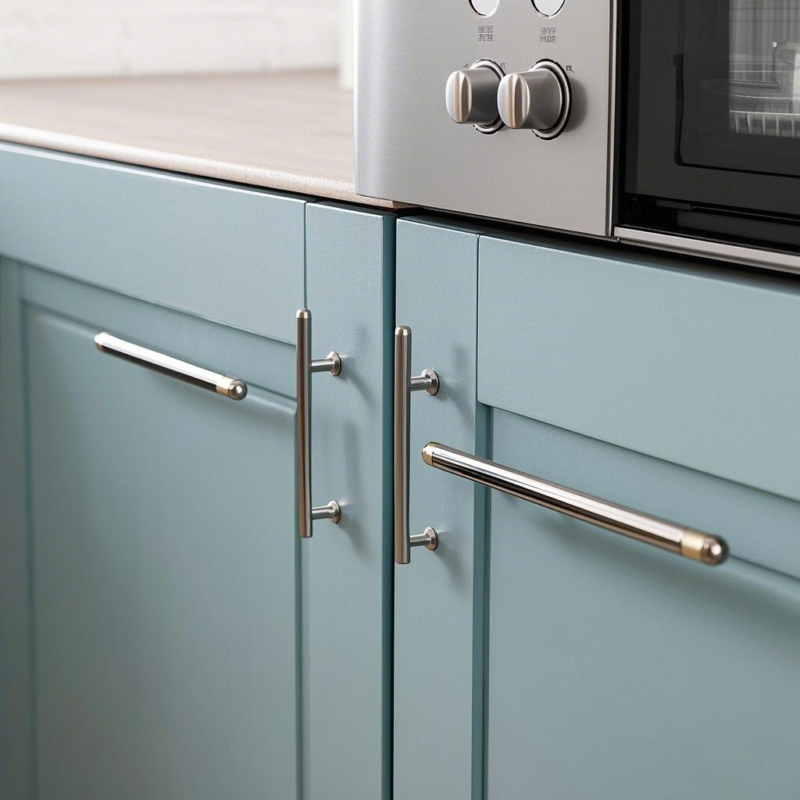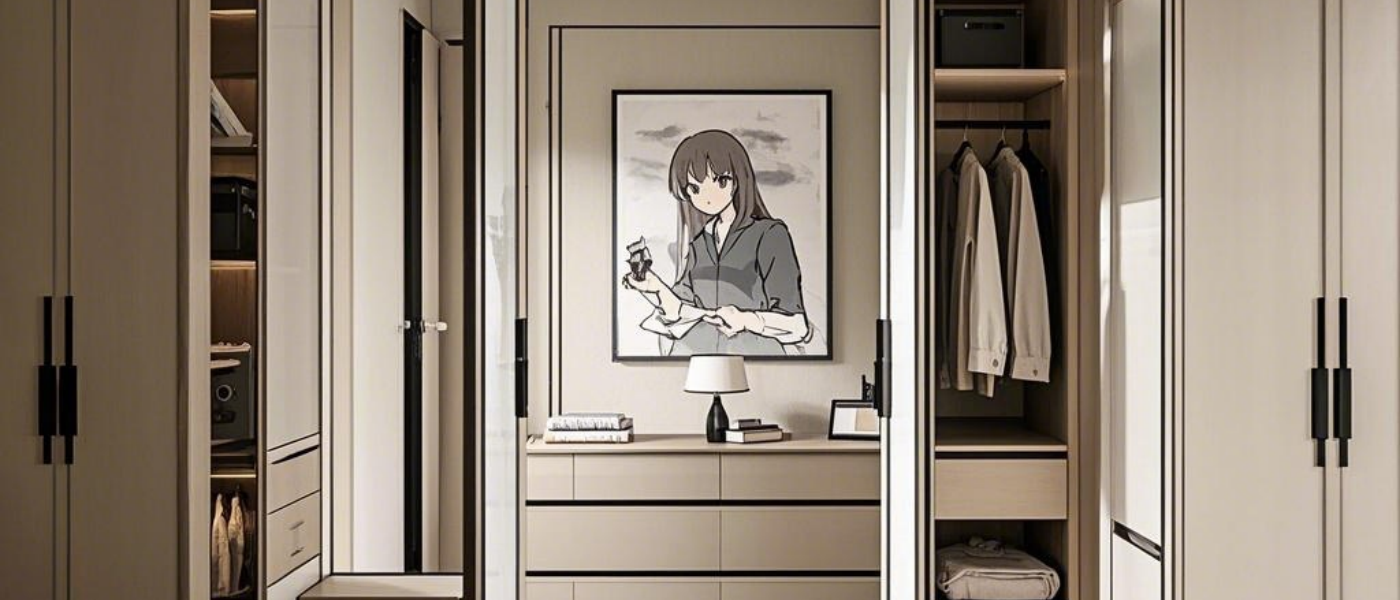The Evolution of Design and Functionality: A Deep Dive into Aluminum Alloy Handles and Hardware
I. Aesthetic Design: Typology and Styling of Aluminum Alloy Handles
1. Morphological Evolution for Style Adaptation
- Exposed Handles
- Short handles (C-shaped or “ㅕ” design): Timeless versatility for diverse interiors.
- Ultra-long handles (1m+): Reinforce spatial linearity in modern minimalist designs.
- Button handles: Compact solutions for lightweight overhead cabinets, extending visual continuity.
- Hidden Revolution
- J-shaped recessed handles, beveled door edges, and push-to-open mechanisms achieve “invisible” integration, defining luxury minimalist and contemporary styles.
- Playful Expressions
- Cloud, star, and whimsical handles inject creativity into children’s rooms and bespoke spaces.
2. Chromatic and Material Language
- Anodized finishes in gold (luxe), black (modern), and silver (industrial) dominate, with spray coatings achieving >90% color uniformity.
- Paint-Free Breakthrough: Aluminum alloy surfaces achieve Mohs hardness 3H (40% scratch resistance increase) and 76% lower VOCs vs. traditional paint (EU REACH compliant).
II. Functional Innovation: Engineering Advancements in Aluminum Alloy Hardware
1. Space Optimization Solutions
- Rounded Corners: 10mm radius edges eliminate sharp hazards, enhancing safety and fluid aesthetics for kitchens and children’s furniture.
- Smart Corner Systems: 270° rotating trays + synchronized slides boost corner utilization to 92%.
2. Durability Breakthroughs
- Marine-Grade Corrosion Resistance: 3μm anodized oxide layer + nano-coating withstands 3,000-hour salt spray testing (vs. <500h for standard steel).
- Self-Cleaning Surfaces: Hydrophobic angles >110° reduce manual cleaning by 65%, ideal for high-moisture environments.
III. Kitchen Applications: Integration of Form and Technology
1. Minimalist Engineering
- J-Shaped Lightning Handles: 0.5mm ultra-narrow grooves ensure ±0.1mm operational precision.
- Floating Shelf Systems: 6mm ultra-thin aluminum alloy frames support 15kg per mounting point.
2. Lighting Synergy
- 3mm Embedded LED Strips: RA>95 color rendering with <3% annual lumen depreciation.
- Smart Sensors: Radar-triggered aluminum alloy touch panels achieve 0.3s response times.
IV. Selection and Maintenance Protocol
1. Strategic Purchasing Framework
| Criteria | Technical Specifications | Ideal Applications |
|---|---|---|
| Slide Load Capacity | Heavy-duty >50kg dynamic load | Utensil drawers / rice containers |
| Handle Strength | 6063-T5 aluminum alloy >120MPa | High-traffic cabinet doors |
| Eco-Certification | ISO 14024 TypeⅠ certification | Nurseries / enclosed spaces |
2. Maintenance Best Practices
- Cleaning: Weekly wipe-downs with pH-neutral solutions (6-8 range).
- Lubrication: Quarterly silicone-based treatments reduce friction coefficient to 0.08.
- Surface Renewal: Annual nano-coating restores 95% original hardness for aluminum alloy hardware.
V. Industry Trends and Future Outlook
- Smart Interaction
Pressure-sensitive handles (0.1N detection) + voice modules enable touchless operation. - Sustainable Manufacturing
75% recycled aluminum alloy adoption reduces carbon footprint to 2.1kg CO2e/kg (vs. 8.6 for virgin aluminum). - Multifunctional Integration
Aluminum alloy handles with embedded humidity sensors (±2%RH accuracy) activate smart dehumidification systems.
Conclusion
Aluminum alloy hardware is transitioning from functional components to holistic design solutions. Through advancements in anodized treatments, intelligent engineering, and eco-conscious manufacturing, this industry is redefining modern living spaces. The synergy of aluminum alloy durability, aesthetic versatility, and smart technology positions these components as indispensable elements of contemporary furniture hardware components, driving a new era of functional artistry.


